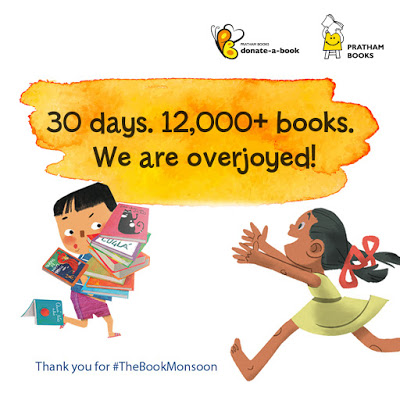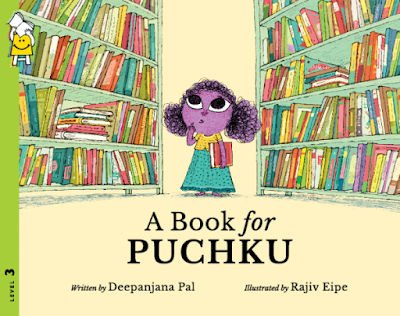Spreading the Word – A Social Publishing Strategy
Following Lawrence’s excellent presentation (which has been summed up by Tharini here), Gautam took to the stage to speak about why open licenses build a participatory culture. Gautam’s presentation (which you can take a look at below) talked about using licenses to overcome restrictions that copyright imposes on open and participatory cultures.
middleman between the author and all these other channels?
At Pratham Books, we have chosen to use Creative Commons licenses because of their openness – because they allow us to function in a ‘one to many’ manner rather than a ‘one to one’ manner. As a small publisher, we do not have the bandwidth to customize licenses every time a concerned party wants to use our content in a certain manner. These licenses allow everyone to use our content with least interference on our part as a publisher. As a publisher, we do not want to be the bottlenecks between the author, the content and other community partners who can do magic with the author’s work which we probably cannot.
Gautam had two things to say:
Open is NOT BAD!
Open WORKS!!
Gautam used the example of Pratham Books to explain how open licenses work for us. Through open licenses we have managed to reach kids we could not have reached on our own. We’ve been able to create and involve a community that is now as passionate about the Pratham Books cause of “A Book in Every Child’s Hand” as we are about it.
We’ve had people develop iPad and iPhone apps for us…
Our content has been modified to Braille and DAISY formats and are now accessible to the print impaired community…
Excellent audio books have been made for the print impaired community..
Our books have been loaded onto OLPC laptops in Nepal and translated into Nepali…
We’ve been able to have Skype sessions between kids in the US and kids from Indian govt schools with a common textual context because we could send our books via digital formats for the US-based school to print…
So, you may be thinking…All this free stuff? Does it effect sales, the number of books we ship and sustainability? We say NO. Our reports say we are both sustainable and that we’ve seen an increase of 57% in
terms of books shipped.
Moving on to elaborate his take on a participatory culture, Gautam states the example of Tulika’s current blogathon which is asking people to submit rhymes in different languages. The number of comments that the post has received is indicative of the level of participation of people. The number of entries that poured in for Pratham Books’ ‘Help Make Ritu’s Letter Longer’ blogathon was surprising. But, what thrilled us more was how members of the community volunteered to illustrate and lay out this collaborative story.
Gautam’s view is that curating a community can result in serendipity, great quality content and re-uses. The Chuskit contest held by Pratham Books was a great example of good quality content that was created by users. Good enough to be printed into a book on its own. Members have even gone on to publish their books through the print-on-demand model.
Thus, a publisher is now not the gatekeeper… neither are they the middlemen. With open licenses, the publisher is on par with rest of the community
So, what is the role of the publisher in today’s world?
A publisher is one who should be able to provide platforms for people to form communities and to co-create – a publisher is one who should have the ability to build communities and curate communities. Research says that only 1% of a community are creators, about 9-10% are reviewers and the rest are consumers of content. Publishers should leverage technology to curate good content for the community it serves and help create social authors and publishers because READING IS SOCIAL.
Also read:
Spreading the word – A copyright workshop
You can also read more about our social publishing strategy here and here.





